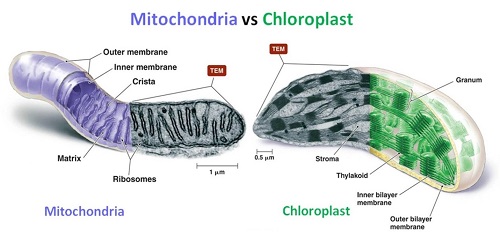
Chloroplast and mitochondria are like day and night. Their differences are so many and range from where they are found, how they work, their cell structure and what they need and produce in the process.
Chloroplast and mitochondria are commonly confused because they are involved in the processes of food making for the plants and animals. The Chloroplast is the ‘kitchen’ for the plant food making process. Without the chloroplast, there is no survival for the plant and equally, animals will die. It is the chloroplast that keeps the plantsgoing and in turn helps the plants to keep the animals alive. Mitochondria are similarly the ‘factories’ which process the produced food into finished products for the plant or the animal to consume.
Definitions
- Chloroplast
This is a plant or algae organelle whose main function is photosynthesis. The organelle contains chlorophyll which attracts sunlight which combines with carbon and water to form chemical energy. These organelles contain a very high concentration of chlorophyll which is the green matter in a plant leaf and whose function is to absorb sunlight for the food production.
- Mitochondria
Just like chloroplast, mitochondria areother organelles that are greatly involved in the energy production processes in both plants and animals. As opposed to chloroplast, mitochondria do not contain chlorophyll and thus do not produce their own energy. Mitochondria are found in approximately all eukaryotes. Their function is to convert the glucose produced into usable energy in the plant or animal.
- ATP
Adenosine Triphosphate is a form of energy that is produced in both the chloroplast and in the mitochondria. In both organelles, ATP is a chemical energy as result of the processes involved.
- Chlorophyll
This is the green matter in the plant. This is simply what makes a plant green. The core function of the chlorophyll is to attract and absorb sunlight energy which in turn is used in photosynthesis.
- Plastid
An organelle found in plants and algae which carries the function of manufacture and storage of the chemicals used by the cell. They mainly contain the pigment bit of the chloroplast. Plastids are what combine with chlorophyll to complete the chloroplast.
Etymology of chloroplast and mitochondria
The mitochondria(singular: mitochondrion) is derived from two Greek words,mitomeaning thread and chondriameaning granule. The two combine to mean something that is grain-like.
On the other hand, chlorophyll is a combination of a clip of two words i.e. chlorophyll and plastid. Chlorophyll is the green matter that attracts the sunlight while plastid is the site of storage and manufacture.
Why are these two confused with each other?
The reason unto why most people find it difficult to differentiate these two is because they look so much alike. There are many ways in which these two organelles resemble. These include:
- Structure – these two organelles happen to have a double cell membrane though with different naming and functions.
- DNA– It is clear that both chloroplast and mitochondria do have their own inherited DNA.
- Involvement of carbon, oxygen and water. The two involvecarbon dioxide, oxygen and water at some pints of their processes. Chloroplast involves carbon dioxide and water in production of energy and gives out oxygen. Mitochondria use oxygen in respiration and give out carbon dioxide and water. Where and when used by each does confuse people.
- Production of ATP. The two organelles do at some different point and through different processes produce ATP energy.
- Chemicalprocesses. Although different processes are involved, there is a clear commonly that the two do involve chemical cycles with nearly the same components of carbon, water and oxygen.
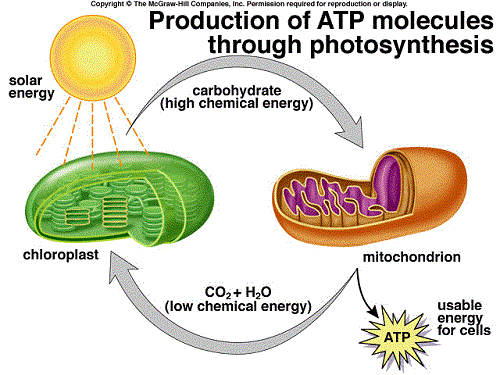
The difference between chloroplast and mitochondria
- Components of the organelles
Chloroplast differs from mitochondria in a way that they do contain thylakoid membranes and some pigment. Since chloroplasts are involved in the photosynthesis process, the green matter and thylakoids membranes are very vital and an important part of the organelle.
Due to the difference in the processes involved in, mitochondria do not have any pigment or thylakoid membranes. Instead, they have respiratory enzymes. This is very clear since the main role of mitochondria is for cellular respiration. Respiratory enzymes are therefore very vital.
- Location
As it is crystal clear, chloroplasts are found in plants. Their role determines where they should be found. As the organelle that is involved in photosynthesis, the role dictates that the chloroplast which contains the chlorophyll be found in the leaves’ guard cells in plants.
On the other hand, the role of mitochondria is to convert food nutrients or energy into a form that can be used. This role dictates that the mitochondria be found in both plants and animals. After photosynthesis, the chemical energy produced must be converted into a usable energy. In animals, respiration is a must for them to survive. Minus mitochondria, both plants and animals are bound to die.
- Functional time
As per the function of chloroplast, it is evident that it cannot function at night. For chlorophyll to work, there must be sunlight. This means that chloroplast is on duty only during the day. At night, there is no function.
This is not the case with mitochondria. The role of mitochondria dictates that they work throughout. During the day as the plants produce food, mitochondria convert the food getting produced. As the animals take in food, respiration continues. Mitochondria are not dependent on sunlight. They therefore function both during the day and at night.
- Energy processes involved
As earlier mentioned, chloroplasts are involved in photosynthesis. This is the process through which plants make their own food through the utilization of sunlight, carbon dioxide and water. The tree pumps water into leaf while the leaf absorbs carbon from the carbon dioxide in the environment, and attracts sunlight.
In a similar fashion, mitochondria are involved in the conversion of glucose and other chemical energies into usable energy through a process called respiration.
- Ingredients and products
In cases, oxygen, carbon dioxide and water are involved. Photosynthesis takes place in the chloroplast. It involves the production of chemical energy though utilization of solar energy, carbon dioxide and water. It produces sugar in form glucose form and in turnreleases oxygen and water.
In respirations in which the main organelle is the mitochondria, oxygen and glucose which are the products of photosynthesis, are ingredients. The sugars mainly in starch form are converted with aid of oxygen and water and in turn, carbon dioxide is released.
- Manufacture of own food
It is worth noting that it is only in the chloroplast that there happens some manufacture of own food.It is only plants that do manufacture own food. The process as mentioned here severally is called photosynthesis. The process involves the attraction of light and conversion of the same into sugar through involvement of light and carbon.
In mitochondria, there is production of own food. Instead, there is an oxidation of the already produced food. The glucose already produced is converted into a usable form and carbon dioxide released.
- Other uses
Apart from the manufacture of food in the chloroplast and conversion of the glucose in the mitochondria, the two are involved in several other uses in the plants or in the body.
Chloroplast is much involved in the synthesis of acids in the body i.e. both fatty acids and amino acids. It is also to some extent involved in responses on plants immunity.
Mitochondria on the other hand, apart from the production of cellular energy, are greatly involved in cell differentiation and to some extent cell death. It is also a factor in relaying of signals. The main other role apart from the conversion of energy is in cell cycles, death and differentiation.
- Cell structure
The two organelles are a little bit alike but totally different. The mitochondria have two main components i.e. Cristae the compartment with the inner and the outer membrane and matrix which is the fluid inside the folding that makes up the organelle.
As for chloroplast, three components matter most. These are thylakoids (the part that attracts and absorbs sunlight), grana (which stalk thylakoids and where light stage takes place) and stroma which surrounds grana and thylakoids and where dark stage of photosynthesis take place.
Conclusion
The unfounded myth that chloroplast and mitochondria are the same thing or look alike should be treated with the highest contempt. These two are totally different in all aspects of analysis. Structurally, the two organelles are highly distinctive although none is visible with naked eyes.
In terms of function, one deals with photosynthesis which is a totally different process from mitochondria’s respiration. Photosynthesis’ waste of oxygen and water are the main ingredients of respiration which takes place in the mitochondria. Chemical processes in chloroplast and those in mitochondria are simply and completely distinctive. Uses of the two organelles are likewise different. Therefore, anyone saying that the two are the same is wrong. The two organelles are never the same.



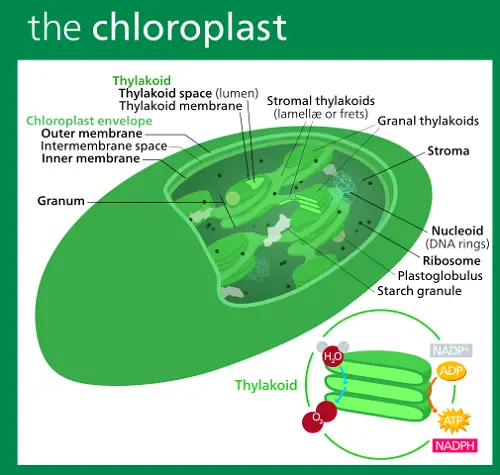
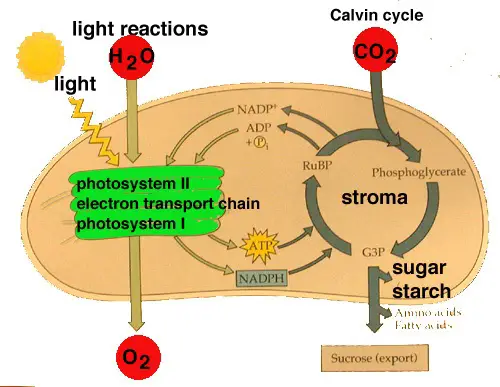
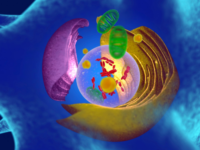
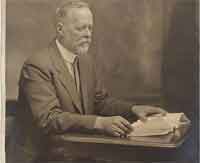




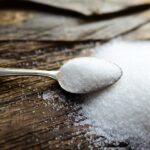
Leave a Reply